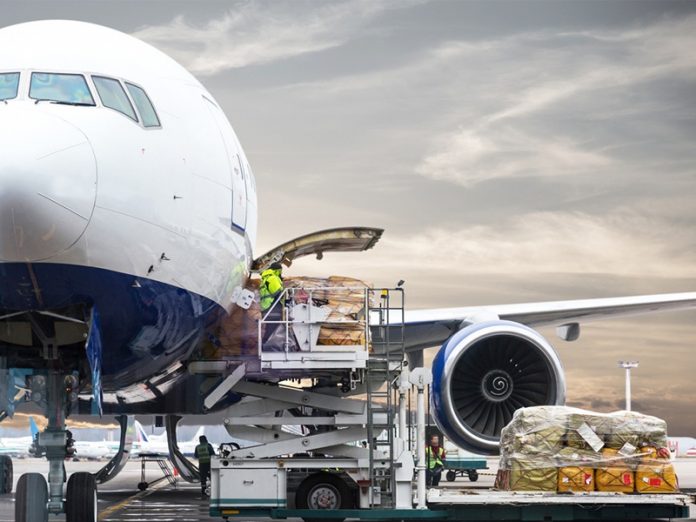Air cargo is an infinitely faster and more convenient method for shipped items and goods than the slower and less reliable sea cargo, but it does have its limitations. The costs are typically much higher and the logistical considerations of air travel mean that it simply not possible to more larger, heavier goods by air. Indeed, whereas the cost of sea cargo is most often calculated by volume, the cost for air cargo is calculated by weight.
Air cargo advantages
In the last year alone, over 54 million metric tonnes of goods have been transported by air cargo and that number is increasing by the years as costs continue to fall. For urgent deliveries (or smaller, more expensive products), air freight offers many distinct advantages, including:
Speed – Whereas shipments by sea could take weeks, shipments by air will take only a matter of days to arrive. Particularly if you utilise an air cargo charter service, which charters an entire plane for a single, direct delivery, the speed with which goods can be delivered by air today is truly impressive.
Options – Air cargo can be shipped via several options suitable for any budget or situation. A consolidated flight is the most affordable option, as it involves sharing your shipment with many other shipments. Direct services, meanwhile, means shipping a product direct in the hold of a conventional passenger plane and is faster and more efficient, but only suitable for smaller cargo. Charter services, meanwhile, allow you to charter an entire freight plane.
Safety – Not only is air cargo tracked and traced in the same manner as a plane’s passengers but as planes are more stable, damage is significantly less likely to occur to the products in transit. That is as long as they are packaged well, of course.
Air freight innovation in 2019
There is a growing urgency in the industry for air freight innovation, particularly as technology continues to touch on every facet of our lives and customer expectations evolve in kind. One way that air freight companies have been innovating to keep up with consumer habits is to make sure that clients are given complete visibility of their delivery at every stage of its journey. Technology is also making changes to the efficiency, with UPS using the Amazon Alexa to help provide shipping rate information and Delta airlines creating an IoT network from low-cost Bluetooth devices to provide real-time tracking.
The future of air freight
According to IATA, the air cargo industry is forecast to grow by 2% this year, but that’s considerably slower than the 3.5% growth in 2018 and the 9.7% growth in 2017. It also hit a three-year low in January the year. If the industry hopes to fight against the “sagging consumer confidence and geopolitical headwinds” that have caused this slump, innovation is almost certainly the key.


































